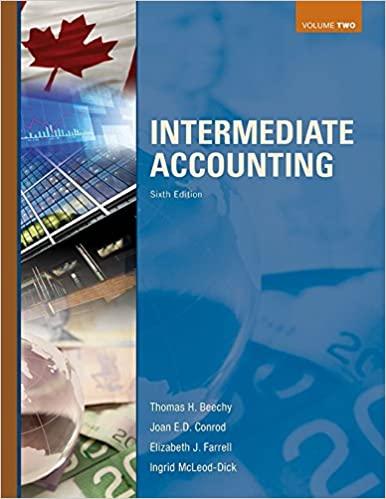Question
SECTION A - MULTIPLE CHOICE QUESTIONS [10 MARKS] Answer all questions. Each question carries ONE (1) mark. Choose the best alternative answer. 1. Which of
SECTION A - MULTIPLE CHOICE QUESTIONS [10 MARKS] Answer all questions. Each question carries ONE (1) mark. Choose the best alternative answer. 1. Which of the following is not management accounting information? A. Sales budget B. Variance report C. Payroll report D. Profitability report
2. Why is management information valuable for decision making? A. It enables management to make correct decisions. B. It helps management to reach a more informed decision. C. It can be used to judge whether the decision taken by management was correct. D. It enables managers to made decisions more quickly. 3. Which of the following is not correct? A. Cost accounting can be used to for inventory valuation to meet the requirement of internal reporting only. B. Management accounting provides appropriate information for decision making, planning, control, and performance evaluation. C. Routine information can be used for both short-term and long-run decisions. D. Financial accounting information can be used for internal reporting purposes.
4. Prime cost comprises__________________. A. All variable costs. B. Direct labour and material only. C. Direct labour, direct material, and direct expense. D. Direct labour, direct material, and production overhead.
5. A factory makes wooden chairs. Which of the following items would be most likely to behave as stepped costs? A. Wood used to make chairs. B. Factory supervisors' salaries. C. Heating and light costs. D. Staples to fix the fabric to the seat of the chair.
6. A company operates a retail supermarket chain selling a range of grocery and household products. It has branches throughout the country and is reviewing the range of goods to be stocked in each of these branches. How might the company best analyse its profitability for this purpose? A. By area of the country. B. By contract with each supplier. C. By customer payment method. D. By product line stocked.
7. Overhead allocation is the process of____________________. A. The charging of overhead to cost units. B. The allotment of proportions of items of cost to cost centres or cost units. C. The charging of direct material to jobs. D. The allotment of whole items of cost to cost centres or cost units.
8. Production supervisory salaries are classed as production overhead. Which is the most appropriate basis of apportioning this cost to cost centres? A. Number of units produced. B. Machine hours. C. Direct labour hours. D. Number of machines. 9. A variance report comparing actual results achieved during a month with the budgeted performance for the month is an example of__________________. A. Control action. B. Feedback control. C. Feedforward control. D. Reporting by exception.
10. Which of the following factors should be the least likely to affect a decision about whether to investigate a variance reported during a particular month in the middle of the financial year? A. Size of the variance. B. Whether it is favourable or adverse. C. Whether it is likely to be controllable. D. The trend in the monthly variance over the year to date.
Step by Step Solution
There are 3 Steps involved in it
Step: 1

Get Instant Access to Expert-Tailored Solutions
See step-by-step solutions with expert insights and AI powered tools for academic success
Step: 2

Step: 3

Ace Your Homework with AI
Get the answers you need in no time with our AI-driven, step-by-step assistance
Get Started


